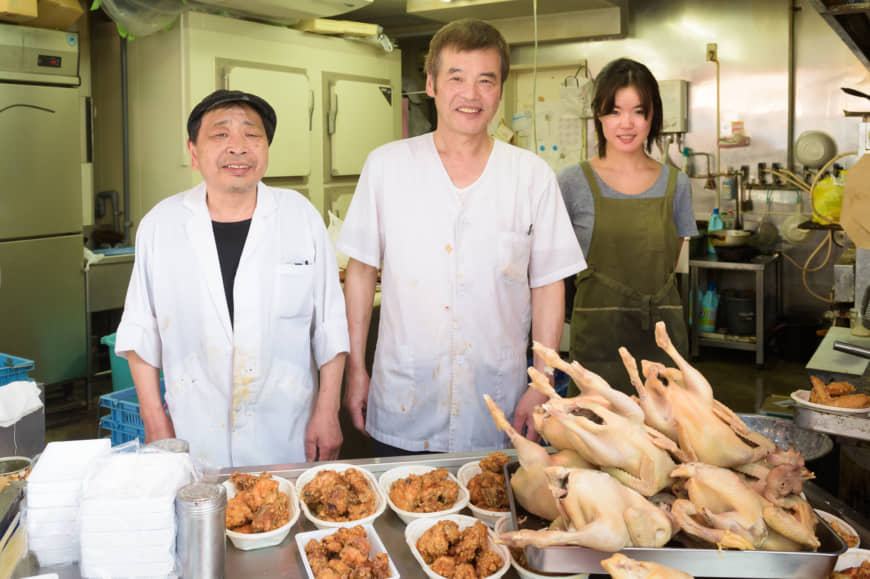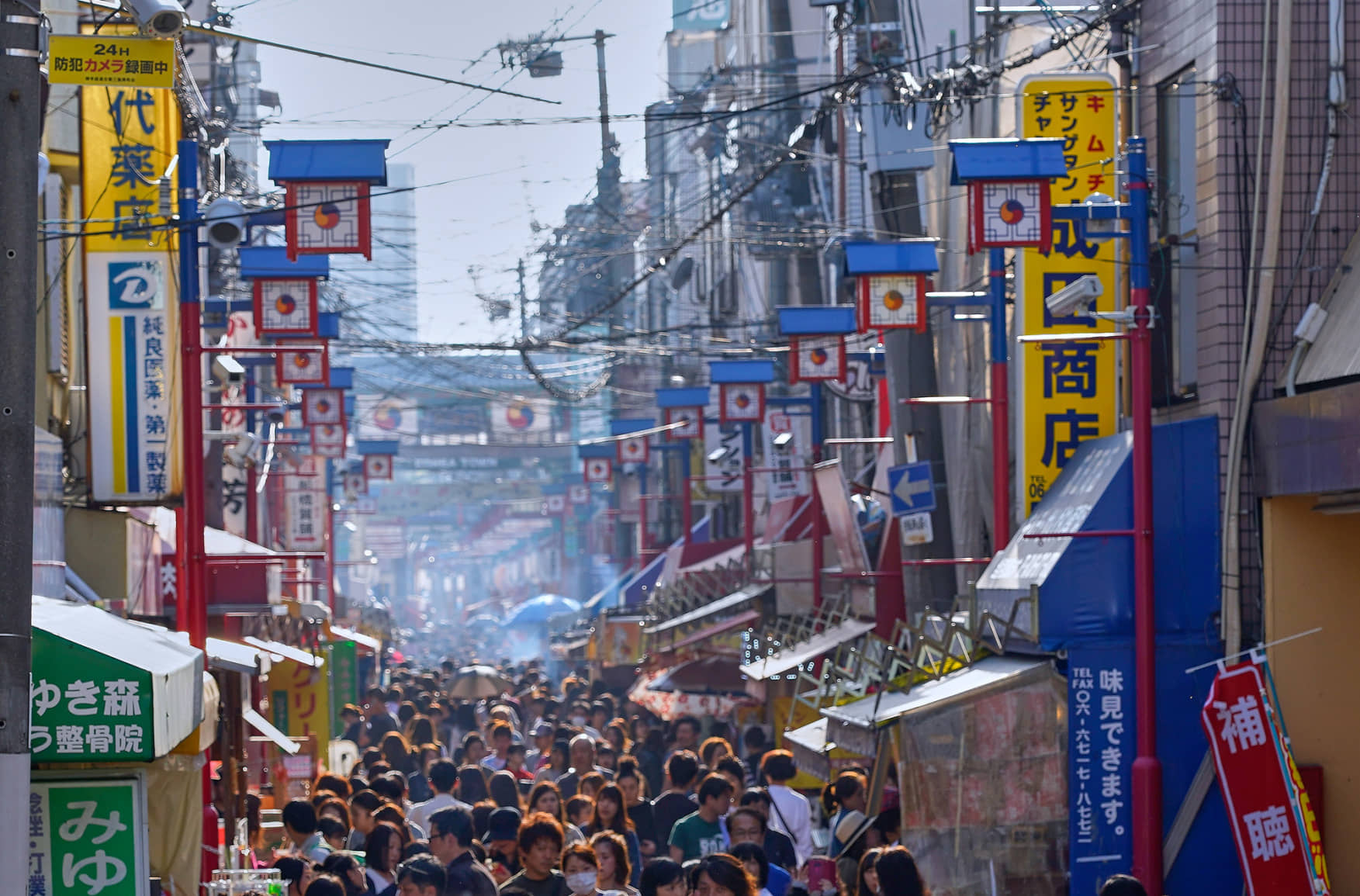Miyuki-dori is a 500-meter-long shopping street that runs between Sokaido Street and the Hirano River in Osaka's Ikuno Ward. Since the beginning of the Showa Era (1926-89), when Korean settlers in Osaka set up a makeshift market, the open-air shopping street has had ties to the local Korean community. After World War II ended in 1945, Korean merchants gradually expanded into the remaining shops, and the area became informally known as the "Korean Market."
In 1993, the three shopkeeper associations that have managed Miyuki-dori since 1951 paved the roads and added four traditional Korean gates, welcoming people to "Osaka Ikuno Koreatown." The recent "Korean wave" has helped attract over a million annual visitors, and newer stores selling the latest K-pop merchandise, cosmetics and fashion accessories can be found next to older shops that have served this vibrant residential neighborhood for decades.



















With your current subscription plan you can comment on stories. However, before writing your first comment, please create a display name in the Profile section of your subscriber account page.